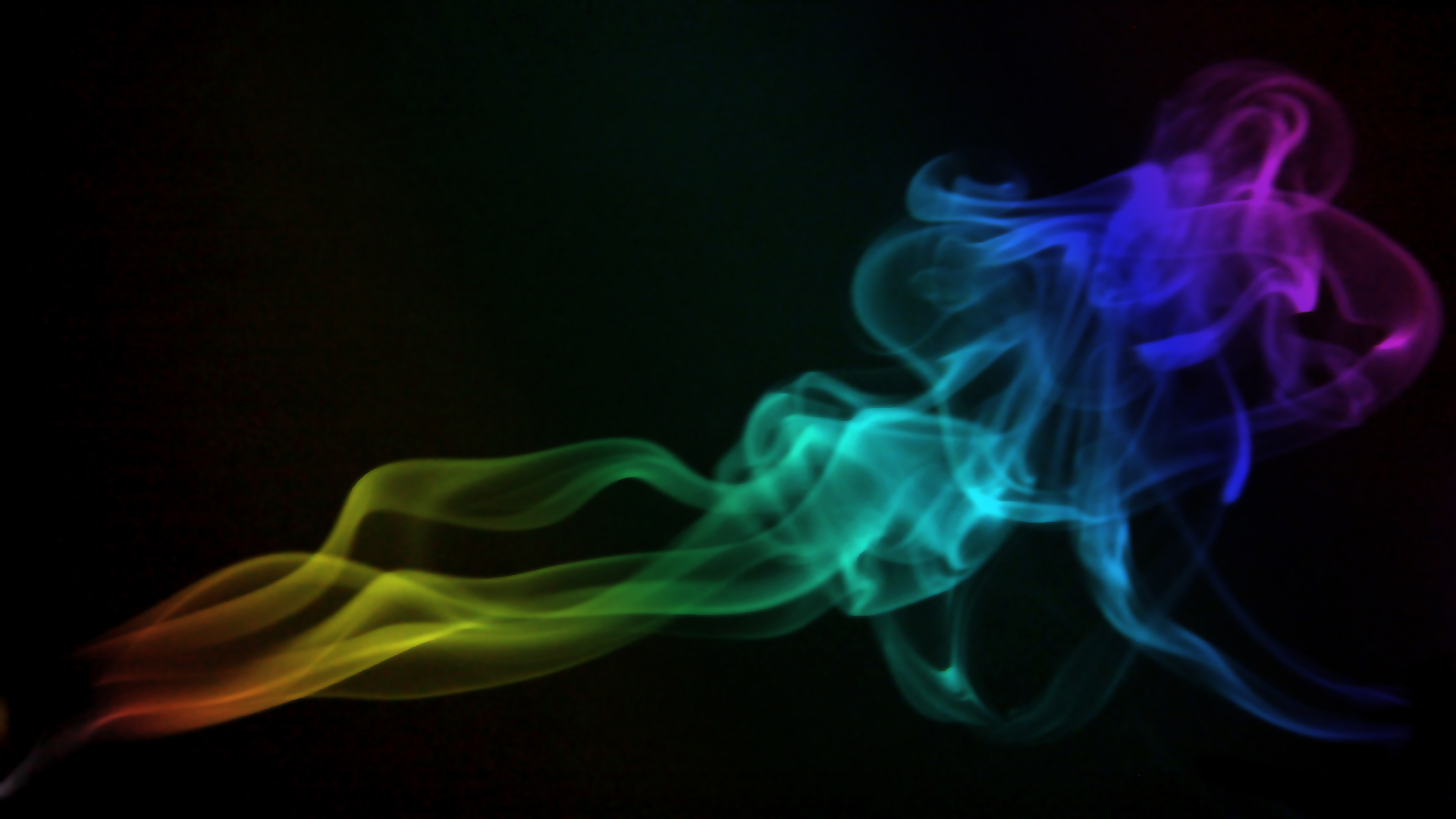The Mother’s – Nagchampa Line: Padma Store Sampler
Padma Store has 9 varieties from the Nagchampa line in stock and the shop also offers these as a sampler, with 2 sticks per variety. It costs €10.95; The individual varieties cost €6.95 per pack of 20 sticks. They are approximately 9″/23cm long.

The sampler sticks are packed in labelled paper bags.
I mention with some that they don’t smell like Nag Champa in the classic sense, but actually, I could say that for pretty much all of them (except Shanti).
It’s a bit puzzling to me why an entire line would be called “Nagchampa”, especially one so extensive, as there are now around 40 varieties; But if you don’t let that irritate you, you will be rewarded with truly beautiful and high-quality scents.
Spoiler: This review is mostly a declaration of love.
| Rating range | Description |
|---|---|
| 3-4 | Amrita Nagchampa Fragrance notes and ingredients: Cinnamon, patchouli, cedarwood, resins, halmaddi, honey and others Amrita does not have a typical Nag Champa profile, as you might have guessed from the ingredients list. For me, the scent is essentially composed of two aspects; on the one hand, a warm, sweet-spicy, and on the other hand, a tart one, which I at times find earthy and sometimes rather tart-fresh depending on the temperature. The latter is more likely in warm weather. I perceive the smell as dry, but in a very powdery-soft way. I find this composition to be extremely pleasant, balanced and very calming. At the beginning, I had a hazy sense of olfactory déjà vu – I think they resemble a variety by Fiore D’Oriente, but I haven’t figured out which one yet. It has to be something from the Archangel or the Chakra line. |
| 3 range | Ganesh Nagchampa Fragrance notes and ingredients: lavender, lavandin, rose, rosemary, halmaddi, honey and others If this sounds like an overdose of lavender to you, rest assured. The lavender is present, but it doesn’t overwhelm you. It has a very powdery yet tart lavender character, the herbaceous aspect of which is mildly underlined by the rosemary. Nevertheless, it is not a particularly herbaceous scent, as this is balanced by a balsamic honey sweetness that reminds me a little of my beloved Parimal Yatra. Depending on the ventilation, this is sometimes more in the background, sometimes more in the front row. The two aspects seem to alternate occasionally, thereby maintaining a very pleasant balance. A lavender scent for people who are not lavender lovers. The smell is calm and relaxing, I can imagine it well as an evening incense. |
| 4 range | Om Nagchampa Fragrance notes and ingredients: Amber, Champaka, Vanilla, Cassia Cinnamon, Halmaddi, Honey and others Likewise, not a typical Nag Champa. Om has a floral aspect that must be Champaka (a classic Nag Champa note) – but I don’t recognize it as that. The fragrance components seem manageable in number, but it seems to me as if this composition is “more than the sum of its parts”. None of the notes stand out noticeably, but they seem to combine into something unique: It’s captivating and warm, with a lush, heavy sweetness that sits somewhere between balsamic, honeyed and fruity. I don’t know where that fruity character comes from (maybe there’s cedar in the base), but it’s there and it’s delicious. There is also a spicy note that can only come from the cassia cinnamon, but again it doesn’t really seem cinnamon-y to me. In addition, a fresh, resinous note appears occasionally, which then smoothly transitions into a fruity smell. The sweetness is just as polymorphic and changes over and over; from fruity to rich honey, to ambery-balsamic, to playful vanilla-y and floral scent, until the freshness emerges again and takes the lead for a while. Om is like a lava lamp turned into a fragrance. |
| lower 3 range | Oudh Nagchampa Fragrance notes and ingredients: Agarwood (from Assam), rose, vanilla, benzoin, cedar oil, halmaddi, honey and other Oudh are among the most popular of this “Nagchampa” line and are among the most untypical of Nag Champa. I have to ban the idea of smelling a Nag Champa out of my head in order to really get into it. Although there are some floral notes in the background that indicate an olfactory relation, the dominant character is cedar and Oudh. I find some of the “Magenbrot” spiciness from Cycle – Oudh in them, but in a much toned down form. The smell is mainly powdery, but heavy and dense. Over time, the smell becomes more complex and varied. Every now and then, the vanilla becomes more noticeable, then woody notes predominate again. The higher the supply of fresh air, the more clearly the floral notes come to the fore. I am very conflicted about this composition. I think they’re good – it’s hard not to recognize the quality of these incense sticks – and yet, I don’t actually warm up to them. I suspect it might be the combination of cedar and oudh that I’m not quite comfortable with. What is remarkable is that I perceive this composition differently within its spectrum every time I burn it, as if the individual scent aspects were pearls in a kaleidoscope that have changed their position each time I look through it, thus creating a new image. But my overall impression remains essentially the same. |
| 4-5 | Prem Nagchampa Fragrance notes and ingredients: Jasmine, Resins, Ylang-Ylang, Vanilla, Cedar, Halmaddi, Honey, Jigat, and others This scent is beautiful. Again, not a classic Nag Champa smell, it reminds me more of Parimal – Vedanta. It has a similar positive, cheerful character, but is not as lively as Vedanta. For me, Prem exude a serene, peaceful calm. The scent is light and sweet, very floral, rather powdery, with a slightly tart note that is also floral. This hovers over a woody base note, without which the composition would probably be too heady. The smell has facets. Sometimes I notice a bitter almond-like smell, possibly from cedar and one of the floral scents combined, then again it is bright and almost ethereal. In between, a fruity note appears, which is also featured in the afterscent. But it’s not just the scent that excites me about these incense sticks, it actually has a slight, psychoactive effect on me: they put me in a state of inner contentment. Or at least they give me an idea of that “Zen feeling”. Note: Depending on the source, the variety can also be called “Lavanya”, Greater Goods (UK) calls it Prem. [The information that the two are identical comes directly from the manufacturer. Thanks to Silver for her research assistance.] |
| upper 3 range | Rishi Nagchampa Fragrance notes and ingredients: Jasmine, rose, violet, halmaddi, honey and others Rishi has a tender but not reserved floral scent. The nectar-like, slightly fruity sweetness is lush but not overpowering, creating a warm, friendly feel. I’m surprised at how much I like the scent, as I’m sceptical of many floral scents and Roses & Violets from the Regular Line were one of my least favourites. Rishi smells very different, although I think I can recognize both rose and violet. Rishi feels like wrapping yourself in a big fluffy blanket of soft floral scent. |
| lower 3 range | Sattva Nagchampa Fragrance notes and ingredients: Kewda flower, lavender, tuberose, vetiver, halmaddi, honey and others Sattva (sometimes also spelled Sattwa) also gave me a sense of déjà vu right from the start, which I was never able to fully resolve. For me, the smell falls into the category of men’s fragrances. The smell is, similar to Ganesha, powdery and dry, which probably comes from lavender. The vetiver makes itself clear, but not with its earthy note, but rather with its somewhat pungent, spicy note, which often manages to make a scent interesting. I also smell a distinct woodiness, which probably comes in part from the vetiver as well. The sweetness appears in waves, as is often the case with this line, alternating with the other aspects. Sometimes it blooms and fades out the other notes, then again it is barely noticeable, which makes the scent varied. Even if the smell isn’t exactly to my taste, I find it pleasant. It’s hard to rate it less than 3. I’d love to know what kewda smells like on its own, it’s a smell I’m not at all familiar with. The English name of the plant is screw pine, botanically Pandanus. Note: I’m a little confused. The ingredients list above comes from Padma Store (and matches the description from Mere Cie Deux, the American importer), but the description from Greater Goods doesn’t mention any of these notes, instead mentioning heliotrope, vanilla, cyclamen and lily of the valley. |
| 3 range | Shanti Nagchampa Fragrance notes and ingredients: Rose, jasmine, golden champa flower, sandalwood, halmaddi, honey and others Shanti is pretty much the most classic Nag Champa in this line and the only typical Nag Champa in this sampler. The Champa flower always strikes me as a slightly floral-tart note, and I smell a very slightly waxy smell that also seems to come from champaka. Despite the very bright sweetness, I don’t find the composition to be too heady. There’s another sweet note, honeyed and balsamic, that just pops up sporadically. There is also something that gives this composition a silky dryness. Rarely do I get the chance to smell sandalwood. It’s good, but I don’t think it can replace my current favourite Nag Champa. A direct comparison with other Nag Champa, which I like very much, is still pending. |
| lower 3 range | Yoga Nagchampa Fragrance notes and ingredients: Sandalwood, Oakmoss, Patchouli, Vetiver, Halmaddi, Honey and other Yoga smells like the general fragrance concept that other brands like to sell under forest and trees inspired themes. It is a deep, slightly tart, earthy, almost herbaceous scent. Such compositions remind me of men’s perfume, but that’s limited when it comes to Yoga. Maybe because the oakmoss doesn’t stand out unpleasantly, and the scent has a strong focus on heart and base notes. I compared it quite early on with Vijayshree – Nag Temple, which appears like gas station perfume compared to Yoga. Yoga is so much softer and not intrusive in any way. It is full-bodied, grounding, warm and calming. |
I really enjoy everything in this sampler, without exception.
Deciding what I might want to reorder will be quite difficult, especially as I have ordered a more extensive sampler from the Nagchampa line already. I was so excited about the Regular line, and the first few of the Nagchampa line absolutely blew me away.
This time I purchased directly from www.wierook.nl (the official importer in the Netherlands and the only one in the EU), which has the most extensive Mother’s range of all importers. I bought my favourites from the Regular Line, some other sample sets and a few individual scents that were not available in any sampler.
So you’ll be reading a lot more about Mother’s here in the future.
Prem, Om, Rishi and Amrita will definitely be become part of the permanent collection.

